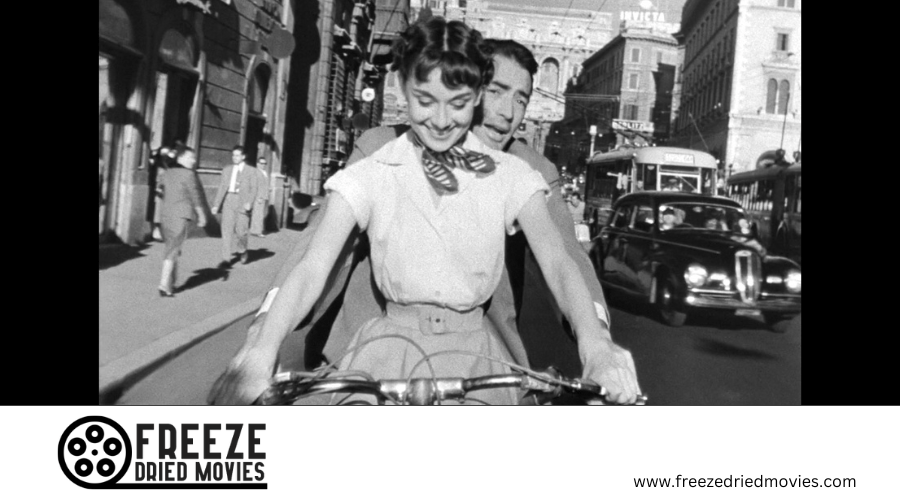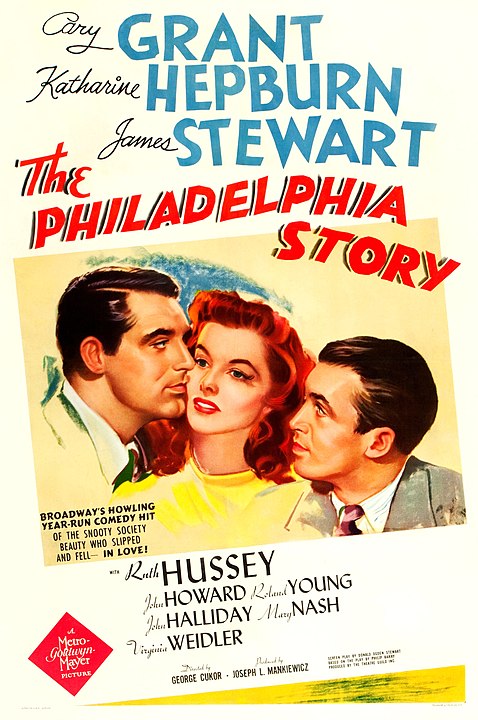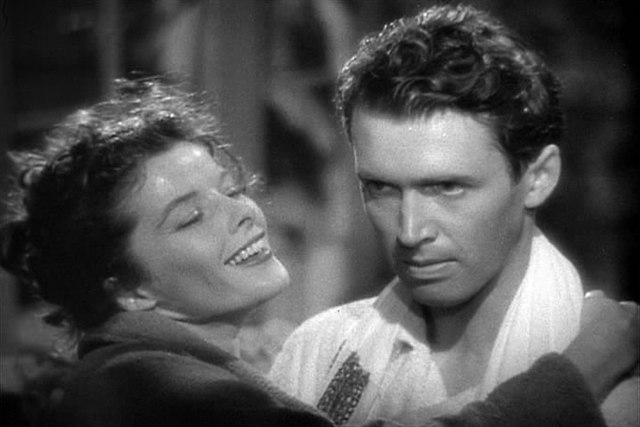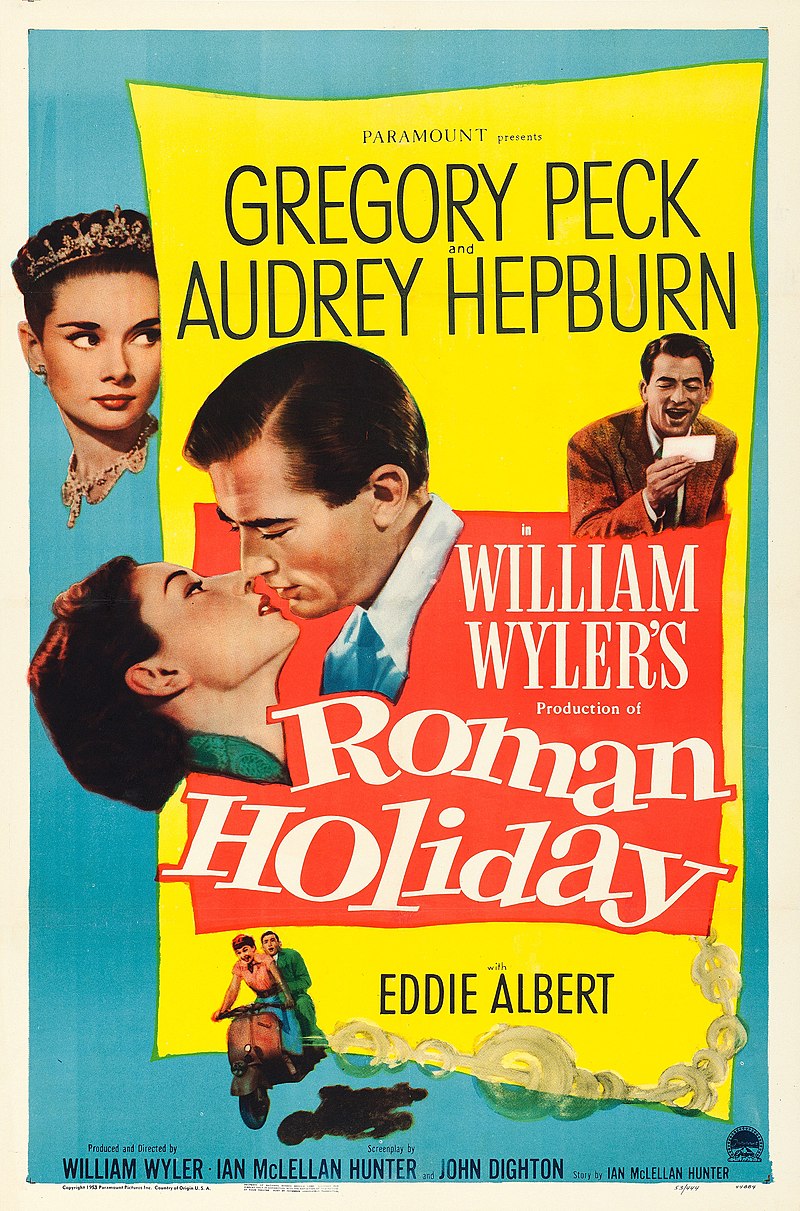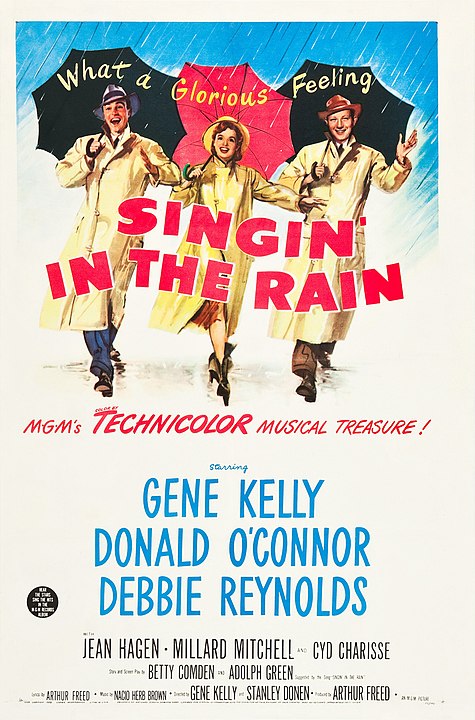You’re about to step into the enchanting world of 1950s cinema, where love and romance weren’t just plot points; they were the heart and soul of storytelling. Imagine the elegance of Audrey Hepburn and the allure of Marilyn Monroe, bringing to life tales of courtship and chivalry that set the silver screen ablaze. Films like ‘Roman Holiday’ didn’t just entertain; they sculpted our ideas of romance, blending fantasy with reality in a way that still resonates today. As you explore the legacy of these cinematic masterpieces, consider how they’ve shaped our expectations of love and relationships. What lessons can we carry forward from that golden age?
Key Takeaways
- 1950s cinema showcased timeless love stories, emphasizing stability, loyalty, and commitment in relationships.
- Films of this era depicted formal courtship and chivalry, portraying respectful and affectionate romantic gestures.
- Gender roles were clearly defined, with women often portrayed as homemakers or damsels in distress within heterosexual and conforming romantic relationships.
- The fantasy element in 1950s films presented love as pure, magical, and larger than life, offering an escape from everyday realities.
- Iconic films like ‘Roman Holiday’ and ‘Sabrina’ became timeless reflections of romance, capturing the era’s societal norms and attitudes towards love.
The Golden Age of Romance
The 1950s ushered in a golden age of romance in cinema, enchanting audiences with timeless love stories and legendary performances. This era was a treasure trove of romantic movies that showcased the charm and allure of sophisticated relationships, set against the backdrop of glamorous settings and elegant costumes. Icons like Audrey Hepburn and Marilyn Monroe lit up the screen, becoming synonymous with the classic love stories that defined the decade.
You’d find yourself swept away by films like ‘Roman Holiday’ and ‘The Philadelphia Story,’ which not only captivated hearts but also set a high bar for cinematic romance. These movies weren’t just about the allure of falling in love; they offered a window into the dynamics of relationships, wrapped in the luxury and elegance that the 1950s cinema was known for.
Moreover, Disney animated classics like ‘Cinderella’ and ‘Sleeping Beauty’ added a touch of magic to the romantic landscape of the era, proving that love stories could thrive in any format. The 1950s produced an unforgettable chapter in film history, where love stories were not just told; they were felt, remembered, and cherished.
Courtship and Chivalry
Building on the golden age of romance, 1950s cinema also celebrated the art of courtship and chivalry, showcasing traditional values that still captivate audiences today. This era in film highlighted a respectful and formal process of winning someone’s heart, where men and women adhered to specific roles that emphasized honor, respect, and dedication.
1950s cinema brought to life the beauty of traditional courtship and chivalry through:
- Formal dates that underscored the significance of special occasions, making every moment memorable.
- Polite gestures, such as opening doors and offering flowers, which were not just acts but symbols of deeper respect and affection.
- Romantic gestures that went beyond the surface, showcasing a depth of feeling and the importance of earnest, heartfelt expressions of love.
These elements together painted a picture of romance where gender roles were clearly defined, yet complementary. Courtship was not just about attraction but about showcasing one’s commitment and readiness to set out on a journey of love together. Through 1950s cinema, viewers are reminded of the timeless appeal of chivalry and the profound impact of traditional values on the foundation of romantic relationships.
Iconic Romantic Films
Diving into the heart of the 1950s romance, films like ‘Roman Holiday’ and ‘Funny Face’ not only charmed audiences but also epitomized the era’s quintessential love stories. ‘Roman Holiday’ whisked you away to Rome, where Audrey Hepburn and Gregory Peck’s characters found unexpected love, defining romantic escapades. Meanwhile, ‘Funny Face’ immersed you in the dazzling world of fashion, pairing Hepburn with Fred Astaire for a musical romance that was as stylish as it was heartfelt.
‘Sabrina’ added depth to the romantic landscape with a mesmerizing love triangle. Audrey Hepburn’s transformation and entanglement with Humphrey Bogart and William Holden spun a tale of love that was both enchanting and reflective of society’s fascinations. On the comedic front, ‘The Seven Year Itch’ brought Marilyn Monroe into a New York summer, creating iconic moments and a comedic romance that resonated with the lighter side of love.
Then there was ‘How to Marry a Millionaire,’ where Marilyn Monroe, Betty Grable, and Lauren Bacall pursued wealthy suitors, blending glamour with the pursuit of love. These iconic films not only entertained but became timeless reflections of romance in the 1950s.
Societal Influence on Love
You’ll find that the 1950s cinema didn’t just entertain; it mirrored and reinforced the era’s societal norms, especially in love and relationships. Gender roles and media’s romantic ideals heavily defined what love looked like on the big screen, shaping viewers’ expectations. This period highlighted stability and traditional values, influencing how love was portrayed and perceived in real life.
Gender Roles Defined Love
In the 1950s, societal expectations greatly influenced the portrayal of love in cinema, as gender roles dictated the dynamics of romantic relationships onscreen. This era, marked by a return to traditional roles postwar, showcased a clear divide in how men and women approached love and courtship.
- Women were often depicted as passive objects of romance, their aspirations largely tied to finding love and fulfilling domestic roles.
- Men took on the assertive, leading role, embodying strength and decision-making in relationships.
- The courtship process was steeped in traditional norms, reinforcing the societal expectations of the time.
These portrayals mirrored the 1950s’ conformist values, showing love and romance through a lens that celebrated traditional gender roles and behaviors.
Media’s Romantic Ideals
Often, 1950s cinema reflected society’s romantic ideals, emphasizing traditional love stories that valued loyalty and commitment. Hollywood’s depiction of romance wasn’t just about entertainment; it shaped and reinforced societal norms, promoting traditional gender roles and the significance of marriage and family. These movies created a canvas where enduring love and loyalty were paramount, mirroring the cultural expectations of the era.
| 1950s Cinema | Societal Influence |
|---|---|
| Traditional Gender Roles | Emphasized in Family Dynamics |
| Marriage and Family | Portrayed as Ultimate Goals |
| Loyalty and Commitment | Central Themes in Love Stories |
| Hollywood’s Role | Shaping Romantic Ideals |
Through these narratives, you’re invited to explore how romantic ideals were intricately woven into the fabric of 1950s society, influenced by the movies of the time.
Gender Roles and Relationships
Diving into the heart of 1950s cinema, it’s clear that films from this era frequently cast women as homemakers or damsels in distress, starkly showcasing the era’s entrenched gender roles and expectations in love and relationships. This reflection of societal norms wasn’t just about entertainment; it was a mirror to the times, highlighting how love and marriage were perceived and idealized.
In the domain of 1950s cinema, you’ll find:
- Gender roles sharply defined, with women often in need of male protection, emphasizing traditional dynamics.
- Romantic relationships depicted as heterosexual and conforming, painting a picture of stability and idealized love.
- Societal norms and conservative values reigning supreme, influencing the portrayal of relationships and family life.
This portrayal wasn’t just for show. It echoed the prevailing social attitudes towards marriage, love, and the roles men and women were expected to play. It’s fascinating to see how these traditional stereotypes in romantic films from the 1950s influenced and were a product of the social attitudes of the time. Through these cinematic stories, viewers were offered a lens into the expectations of love, gender roles, and marriage, shaped by and shaping the societal norms of the era.
The Fantasy Versus Reality
You’ll find that 1950s cinema masterfully mixes idealized love depictions with the complexities of real-life relationship dynamics. Films like ‘Roman Holiday’ not only transport you to a world of glamour and romance but also ground you with their heartfelt performances and relatable themes. This blend of fantasy and reality continues to enchant viewers, proving the timeless appeal of these classic love stories.
Idealized Love Depictions
Many classic romantic movies of the 1950s captivate audiences by presenting an idealized vision of love, blending fantasy with reality to create enchanting narratives that still resonate today. The cinema of the 1950s crafted timeless love stories set against glamorous settings, where the fantasy element allowed viewers to escape into a world far removed from their own. These films not only entertained but also mirrored societal ideals of the era, showcasing relationships that embodied perfection and harmony.
- Glamorous Settings: Every scene drips with elegance, transporting you to a world of unparalleled beauty.
- Fantasy Element: Offers an escape into perfectly crafted love stories, igniting the imagination.
- Timeless Narratives: Despite their age, these films continue to charm, proving that true love stories never fade.
Real-Life Relationship Dynamics
While the 1950s cinema often wrapped love in a fantasy, films like ‘Brief Encounter’ dared to peel back the curtain, revealing the grit and grace of real-life relationships. This bold move showed audiences that beneath the idealized portrayals of love, the complexities and challenges of genuine connections thrived. Romantic movies of the era skillfully balanced fantasy and reality, adhering to societal norms while offering a sweet escape into dream-like stories. Yet, it was this blend that captivated viewers, allowing them to revel in the beauty of love’s fantasy, all the while resonating with its more relatable, real-world aspects. The 1950s cinema, in its depiction of relationships, masterfully walked the line between escapism and authenticity, painting a picture of love that was as enchanting as it was true to life.
Musical Love Stories
Often, musicals from the 1950s like ‘Singin’ in the Rain’ and ‘An American in Paris’ blend vibrant song and dance with enchanting love stories, mesmerizing your heart. These films stand out for their ability to weave romantic narratives through idealized romance, creating a world where love is always in the air, and expression comes through the joy of song and dance. The whimsy and charm of these musical love stories transport you into a dreamlike atmosphere, where everything is possible, and love conquers all.
Here’s why you’re drawn to these magical cinematic experiences:
- Vibrant Visuals and Melodies: The colorful settings and catchy tunes make every moment unforgettable.
- Idealized Romance: These stories present a world where love is pure, simple, and beautifully idealistic.
- Whimsical Charm: The blend of music, dance, and romance adds a layer of enchantment that’s both captivating and delightful.
Musicals from the 1950s have left a lasting impression on how love is portrayed in cinema, providing audiences with timeless, romantic cinematic experiences that continue to enchant and inspire. Their legacy lies in the joyous celebration of love, brought to life through the magic of song and dance.
Legacy of 1950s Romance
Building on the enchanting musical love stories, the legacy of 1950s romance in cinema continues to captivate hearts with its timeless narratives and iconic performances. Classic romance films like ‘Roman Holiday’ and ‘Sabrina’ have become the gold standard for love stories, drawing in viewers with their compelling tales and unforgettable charm. Audrey Hepburn and Marilyn Monroe, through their roles in these romantic movies, didn’t just act; they became immortal icons of beauty, elegance, and emotional depth. Their performances resonate, proving the power of iconic actresses in shaping our perceptions of love and relationships.
Disney classics such as ‘Cinderella’ and ‘Sleeping Beauty’ added a magical touch to 1950s cinema, broadening the appeal of romantic narratives to include fairy tale endings that have enchanted generations. The impact of these timeless love stories is profound, transcending the era to become true classics that continue to engage audiences of all ages.
Fans are actively involved in celebrating these films, contributing to collaborative rankings and voting for their favorites among classic romance films. This audience engagement underscores the enduring appeal of 1950s cinema and its significant influence on how we view love and relationships today.
Frequently Asked Questions
How Is Love Portrayed in Cinema?
Cinema often showcases love as a powerful, transformative force, weaving stories of deep connections and emotional growth. You’ll find characters overcoming obstacles for love, reflecting the timeless nature of romantic tales in films.
How Romantic Movies Influence the Way in Which We Perceive Love?
Romantic movies often shape your view of love, making you crave picture-perfect relationships. They set high bars for passion and romance, influencing your expectations and how you perceive real-life relationships and love.
What Makes a Romance Movie a Romance?
A romance movie becomes a romance through its central love story, exploring themes like love, relationships, and emotional connections. It’s all about the passion, desire, and intimacy that draw you in and tug at your heartstrings.
Do Romantic Movies Glorify an Unrealistic Idea of Love and Lead to Heartbreak?
Yes, romantic movies often glorify an unrealistic idea of love, setting you up for heartbreak. They paint a picture-perfect romance that’s hard to find in real life, leading to mismatched expectations and disappointments.
Conclusion
In the 1950s, cinema didn’t just show you love; it swept you off your feet into a world where romance was king. You’ve seen courtship, chivalry, and tales so magical, they’ve etched themselves in your heart. With icons like Hepburn and Monroe leading the charge, these films taught you to dream, love boldly, and cherish the enchantment of falling in love. Their legacy? A timeless reminder that in every era, love’s power to inspire and transform is truly boundless.

